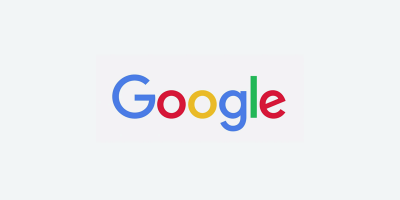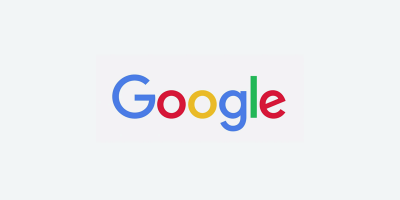
Your Google Shopping feed is filled with data from your product catalog. Google can now crawl your website instead of needing a feed for Google Shopping. While you may be tempted to go this route, you need to know your limits when it comes to this process.
Limitations and Challenges:
- You will not be able to do product data optimization on fields like title, description, or product_type.
- You won’t be able to do advanced big segmentation using custom labels.
- You will need to make GTINs public, which most eCommerce stores currently only store in their backend. By making this public, you will be inherently making it easier for competitors to do competitive repricing against you.
- Frequency of inventory updates – if you have tens of thousands of items and run a sale, Google will theoretically have to recrawl your entire website to update inventory information. For a product that sells out of stock, this could lead to issues with wasted ad spend until Google recrawls
- Frequency of price updates. If they are crawling once a day or week, your prices will be out of date. Black Friday or Cyber Monday could render incorrect prices on Google Shopping.
- If you use the crawler, you will have to rely on Google’s auto-categorization, which has very poor quality (<70% accurate).
- You’ll have to add custom HTML code to every single product landing page
- Only works in particular regions that are relatively new to Google Shopping
- Not for the US.
In short, letting Google crawl your site instead of providing a product feed is really geared towards the smallest online merchants.

Brian Roizen is the Cofounder and Chief Architect of Feedonomics, a full-service feed optimization platform that optimizes product data for hundreds of channels. He has been featured on numerous podcasts and eCommerce webinars, and regularly contributes to Search Engine Land and other industry-leading blogs. Brian graduated summa cum laude from UCLA with both a Bachelor’s and Master’s degree in Mechanical Engineering.



